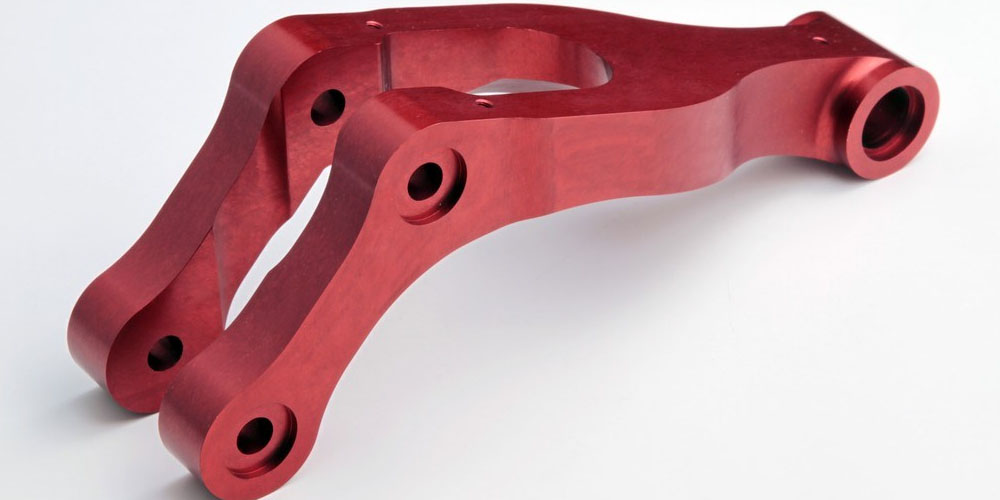Anodizing metals create a thin oxide layer on their surface. While the layer is usually thinner than a paint coating, it is often harder than the base material. The hard layer improves the appearance of the metal. It also makes it resistant to elements like scratching and corrosion. Additionally, the process allows for dyes and colorants to adhere to the metals properly. In this write-up, we will be discussing how anodizing and coloring works.
How does anodizing make it easier to color a metal
When a metal is anodized, it is usually placed inside a bath with an electrolytic solution. The most common electrolytic solutions used in this process are sulfuric acid and chromic acid. The solution provides a conductive covering with both positive and negative ions. Electric charge is then introduced. A positive electric charge is sent through the metal, which acts as the positive anode as the negative charge is passed to the plates within the electrolyte. This is called an electrochemical reaction.
The electrochemical reaction causes pores on the surface of the metal to open up as the positive ions escape. The pores dig into the part’s substrate. The pores are also the reason why anodized metals color perfectly.
When you use colorants or dyes on the metal, they penetrate the pores on the surface of the metal. This means that the dye or colorant will not wear off or peel, as is the case with other finishing services like painting. However, this also depends on the method of coloring.
The coloration process for anodized metals
Anodizing metals offer a wide range of coloration options. The best coloration method is injecting a pigment into the pores on the metal part. Once the colored pigments reach the surface of the metal part, it is sealed. Doing this helps preserve the color. It also creates a visual effect that does not fate. It also cannot be scratched off. This means that you get to maintain the appearance of your part in top-notch shape.
Methods of anodizing
Whether it is anodizing aluminum or any other metal, below are the three types of metals you can use:
1. The light method
Also known as Type I, this is the most basic method of anodizing. It involves the use of chromic acid. In this method, a thin and ductile anodized or oxide layer is formed.
2. Type II
This method involves the use of sulphuric acid instead of chromic. This method produces a thicker layer than its counterpart. It also makes the part more suitable for coloration.
3. Type III
Like the former, this method also involves the use of sulfuric acid. However, this method produces a thicker oxide layer which is more suitable for coloration. Type III method is also known as hard anodizing.
Conclusion
Anodizing aluminum is the most common application of the anodizing process. Aluminum is one of the hardest metals in existence, and aluminum oxide is almost as hard as diamond, the hardest metal in the world. Note that titanium and iron can also be subjected to this process.


